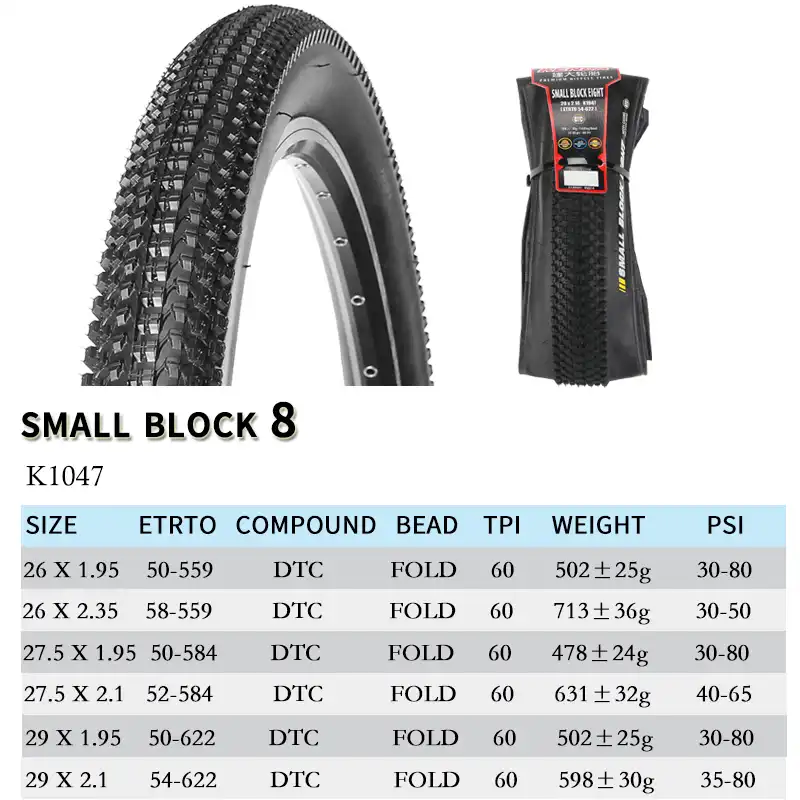Counteract is the ONLY balancing product on the market proven to improve fuel economy in two separate S.A.E and TMC type II tests. We were the first to market 100% glass beads for balancing. Don't be fooled by competitive claims, Counteract's technology makes it the most technologically advanced system on the market today.
The amount of Counteract needed is determined by the vehicle and the tire size, and in some cases the aggressiveness of the tread. Try our handy calculator to find out exactly what is recommended for your tire.
No, Counteract does not void any tire warranties. Due to our advanced technology Counteract does not harm the inside of a tire, once removing Counteract from a tire you would never know it was inside. Warranties are only voided if the internal balancer has caused harm to the interior of the tire carcass, or you can tell that something was installed inside the tire.
None of these happen using Counteract.
Having too many beads inside the tire in some cases can cause a slight imbalance. This is a concern on smaller tires where there is not as much room in the tire cavity for the beads to evenly spread themselves where they need to be. When there is too much, it can create a "traffic jam" where the excess beads get forced into the wrong balance position creating an imbalance. There is certainly an ideal amount of product to have inside the tires, as directed by our application charts. The smaller the tire, we need to be precise, the larger the tire, such as commercial tires or off-road tires there is much more room to allow for extra product without hindering the performance. We will always recommend referencing from our chart, and we always remind customers to make sure they are referencing the proper chart as we do have specific charts for specific applications.
Yes, Counteract is re-usable.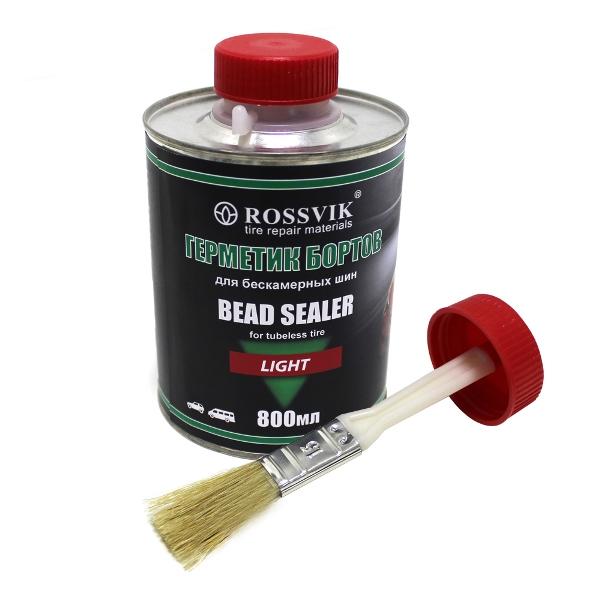 However, you must be careful when re-using the product. When we manufacture our product it goes through a special decontamination and cleansing process. When you re-use it you could lose some beads or contaminate them which could cause the product to not work as effectively. For the price and extended tire life you receive using Counteract it makes sense to put in fresh product.
However, you must be careful when re-using the product. When we manufacture our product it goes through a special decontamination and cleansing process. When you re-use it you could lose some beads or contaminate them which could cause the product to not work as effectively. For the price and extended tire life you receive using Counteract it makes sense to put in fresh product.
No, our truck beads and our motorcycle beads are different. They go through different refining process and are manufactured differently. Motorcycle tires are different then truck tires, so are our beads. If you use the truck beads in a motorcycle we will not honor any warranty claims or support any issues that may arise.
No, Counteract Balancing Beads will not react with any known metal or materials.
No.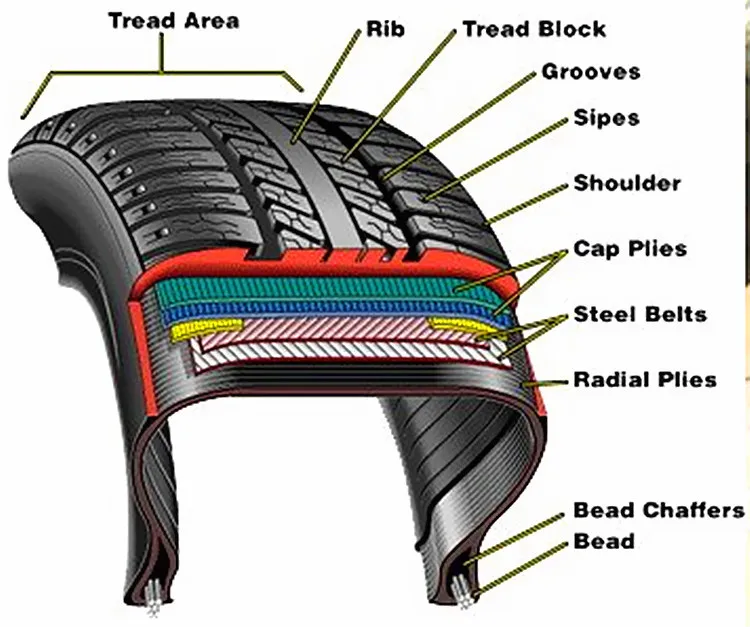 The Counteract Balancing Beads will only move to the balanced position through inertia generated by the out of balance condition of the complete wheel assembly and the up and down motion of the vehicle suspension.
The Counteract Balancing Beads will only move to the balanced position through inertia generated by the out of balance condition of the complete wheel assembly and the up and down motion of the vehicle suspension.
It is not advised to combine other internal balancing agents or balancing rings with Counteract Balancing Beads. It is recommended that all other types of balancing be removed so as not to hamper Counteract Balancing Beads from balancing the wheel assembly properly.
Counteract Balancing Beadshas proven that we allow tires to run 30 degrees cooler than a traditional spin balance, and 60 degrees cooler another popular internal balancer. Counteract actually keeps your tires running cooler, helping eliminate thermal degradation and irregular wear.
No, you should not combine weights with the use of internal balancers.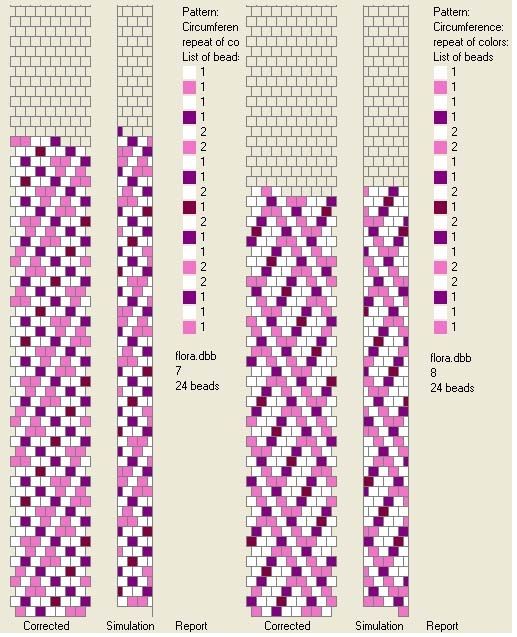 The reason being is they work against each other. If you have a balance issue, you only need Counteract.
The reason being is they work against each other. If you have a balance issue, you only need Counteract.
Counteract is 100% TPMS compatible. Counteract can and should not be injected through the valve stem if it has TPMS sensors, in this case you must install the product while the tire is broken or while being mounted.
Counteract is a balancing product. If there is an imbalance with your tires Counteract will remedy the problem. However, no balancing product can fix a bad tire, bent rim or mechanical problem. If you need help troubleshooting a vibration issue, please feel free to submit this troubleshooting form and we'll contact you to help resolve your issue. Click Here
Counteract does not recommend the use of internal balancing products in most automobile tires (the exception being classic cars).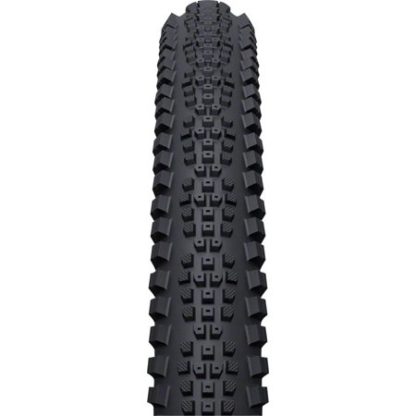 For a detailed explanation click here
For a detailed explanation click here
When you put a lift kit on a vehicle, it changes the angle of the driveshaft, rendering the driveshaft itself unbalanced. This can cause the vibrations that are sometimes mistaken for tire balance vibrations. No matter what you do to balance your tires in this situation, it won't eliminate the driveshaft vibration. To learn more, check out this article by 4WheelParts Click here
Our application charts are based on a stock vehicle with stock wheels and no modifications. In many cases, when a vehicle is modified it changes the dynamics and drive-ability of that vehicle. In those instances, our recommended amount may, or may not be enough to compensate for the tire imbalances. It is also to be noted that when a vehicle has aftermarket wheels, lift kits or other aftermarket components, there are many more possibilities for vibration that may not be tire balance related.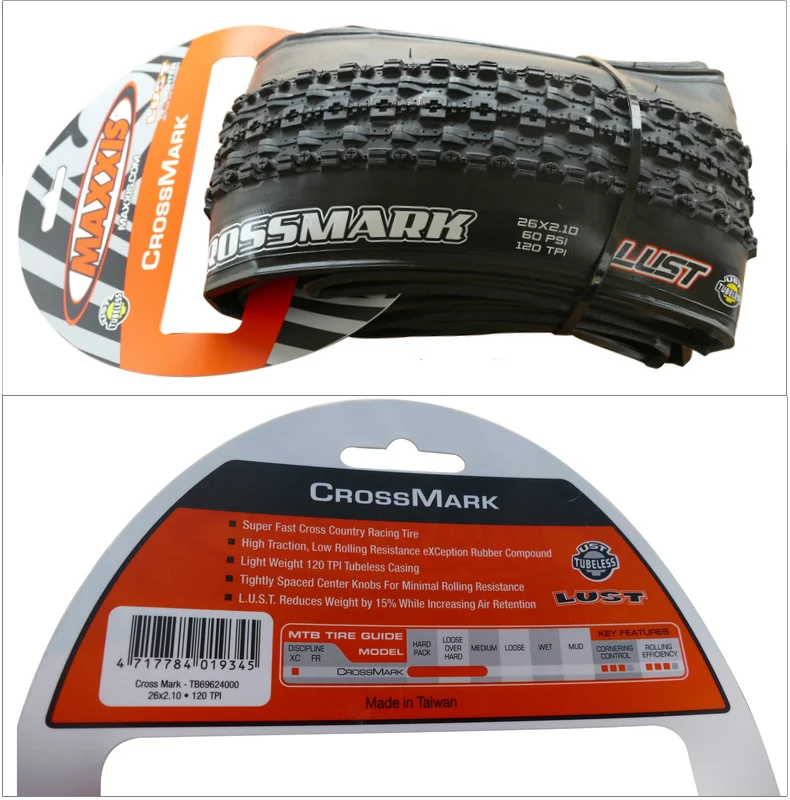 Counteract will balance a tire, wheel and its entire rotating assembly. It will not fix an alignment issue, driveshaft imbalance, or harmonic vibrations from an aggressive tire tread.
Counteract will balance a tire, wheel and its entire rotating assembly. It will not fix an alignment issue, driveshaft imbalance, or harmonic vibrations from an aggressive tire tread.
No, Ambient moisture does not affect the product's performance, this is due to our special coating.
Counteract Balancing Beads are made of recycled tempered glass and do not break down when used in tires, the evidence of this is in millions of applications sold since introduction in 1997. Not one case of this problem has ever been reported.
Counteract Balancing Beads are easy to remove. The simplest way is to use the Counteract Air Powered Bead Vacuum which allows you to quickly vacuum beads out of a tire, avoiding messy spills. Alternatively you can sweep the beads into a pile inside the tire and scoop them out. Always be careful not to spill the beads onto your work surface.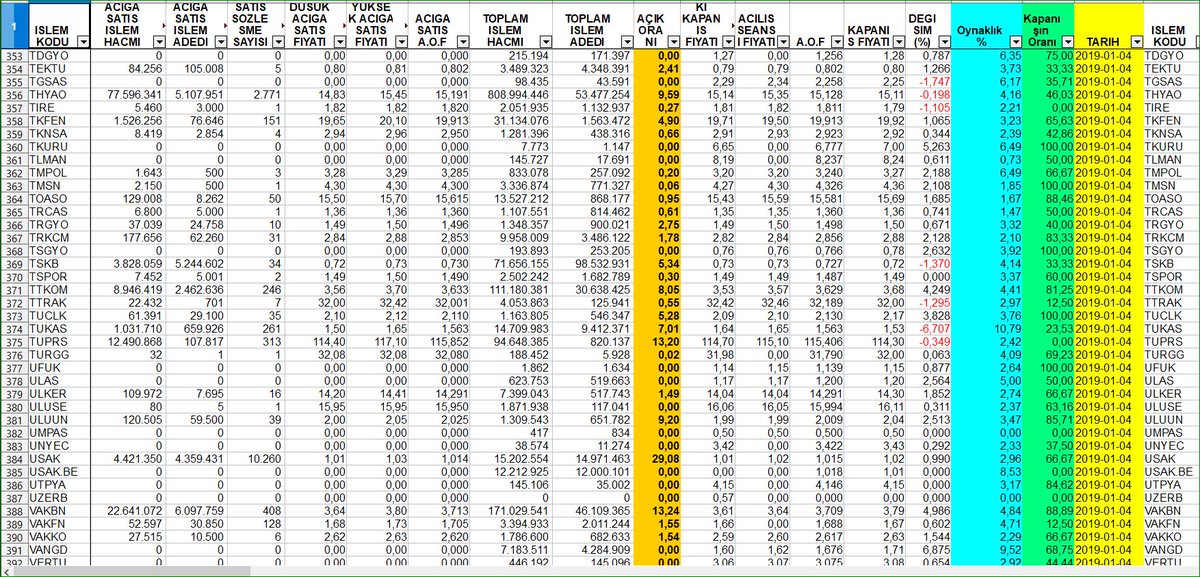
<pValve clogging is not a common problem with Counteract Balancing Beads and is usually the result of dust (we remove all dust at the manufacturing stage). A valve filter may help but can also slow down air flow or become clogged itself by dust, making it difficult to check air pressure. To address this situation the beads are selected by size and put through multiple screening and dusting processes. To reduce the possibility of a valve leak, it is recommended to use a Counteract Valve Core and self sealing valve cap (supplied in every package).
</p
The reason we do not sell bulk pails of Counteract is due to multiple issues. If we have shop users weighing out their own beads and putting them in tires, we cannot guarantee that their scale or scoop is accurate to our required tire size measurements. We package the bags individually for specific tire sizes so that there are no issues. It allows us to have control over what is being installed into the tire, therefore we will help with any support needed. If you weigh your own, you’re on your own and we are not responsible if anything goes wrong. Also, as mentioned before, our product has a special decontamination and cleaning process, if users weigh out their own they can contaminate the product and cause issues.
It allows us to have control over what is being installed into the tire, therefore we will help with any support needed. If you weigh your own, you’re on your own and we are not responsible if anything goes wrong. Also, as mentioned before, our product has a special decontamination and cleaning process, if users weigh out their own they can contaminate the product and cause issues.
No, Counteract is not compatible with any tire sealant or slime. Do not combine these products.
The Story: Modded my chunky 1800cc cruiser with a non-standard phatty front tire for personal comfort, handling and style reasons. Came back from the garage with CRAZY out-of-balance vibrations at most speeds, becoming *dangerously* wild at highway speeds. Didn't want to take it back to the garage who balanced it as they already didn't like the idea of the non-standard tire (which was approved in writing by the tire manufacturer, in addition to many dozens of personal reviews. ..), so I chose not to engage that battle with the garage and after some research went with these beads instead. Removed all the weights on front *and* back wheels, installed the beads per instructions (eZpZ - just a bit of patience and about 10mins per tire - recommend using a bike lift to hold it while loading), pumped the tires back to proper pressure and have put about 1000kms on them since - HOLY COW!! Like NIGHT and DAY compared to what must have been *wildly* incorrect weights applied by the garage. Plus, now I don't have any unsightly weights on my rims. Beads work AWESOME - smooth as silk, no noticeable "start off" unbalance feel whatsoever (they claim static holds them in place for brief stops). HIGHLY recommended - wish I did them from Day 1. Enjoy.
..), so I chose not to engage that battle with the garage and after some research went with these beads instead. Removed all the weights on front *and* back wheels, installed the beads per instructions (eZpZ - just a bit of patience and about 10mins per tire - recommend using a bike lift to hold it while loading), pumped the tires back to proper pressure and have put about 1000kms on them since - HOLY COW!! Like NIGHT and DAY compared to what must have been *wildly* incorrect weights applied by the garage. Plus, now I don't have any unsightly weights on my rims. Beads work AWESOME - smooth as silk, no noticeable "start off" unbalance feel whatsoever (they claim static holds them in place for brief stops). HIGHLY recommended - wish I did them from Day 1. Enjoy.
2016 M109R
Happy Happy Joy Joy 3 years ago
August 17, 2021
I've been using Counteract Balance Beads for yearson a 2004 Yamaha FZ6 (for approximately 60,000 km and 3 or 4 sets of tires), a friend's Honda NC700x, and now I'm also using them in a 2012 Yamaha WR250R (tubed motorcycle).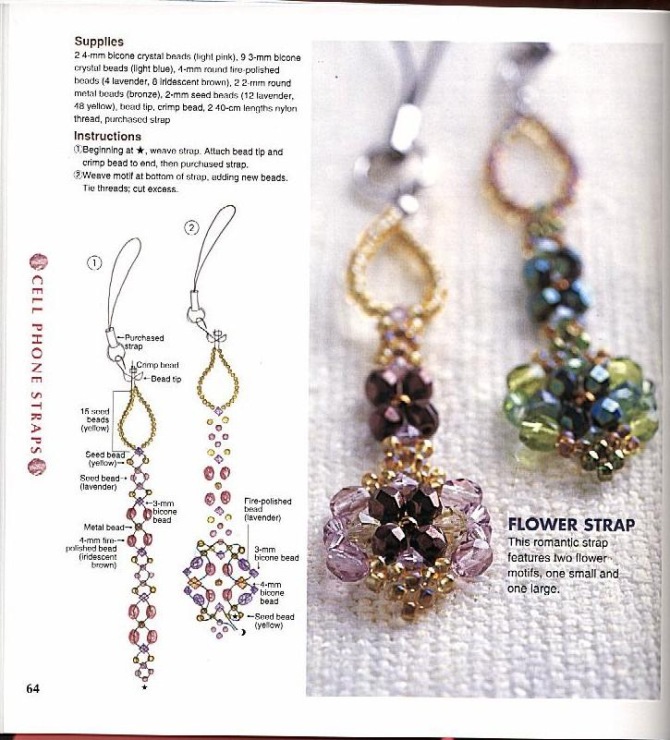 I believe that they increase the life of the tire - and of special note my front tires don't cup anymore either. No feeling of 'out of balance' ever from installation (which I do myself) to the end-of-life removal of the tire. FWIW, if you get a puncture, don't use a 'slime' type product as then the beads will not be able to move to the light spots in the tire anymore. You can't throw a balance bead like you can a weight, and they're easier on the rim too. They're much easier to use than trying to balance perfectly with weights as well. I also reuse them when I change tires.
I believe that they increase the life of the tire - and of special note my front tires don't cup anymore either. No feeling of 'out of balance' ever from installation (which I do myself) to the end-of-life removal of the tire. FWIW, if you get a puncture, don't use a 'slime' type product as then the beads will not be able to move to the light spots in the tire anymore. You can't throw a balance bead like you can a weight, and they're easier on the rim too. They're much easier to use than trying to balance perfectly with weights as well. I also reuse them when I change tires.
2004 Yamaha FZ6
Southeast Steve August 2021
After lacing a new rim on my bike, I had a vibration at around 60. Tried putting some balance beads into the existing tube, but that didn't quite get rid of the shake. I decided to try this tube with beads already in it, and that fixed it! Going to get one for the rear soon.
Dustin · Review provided by revzilla.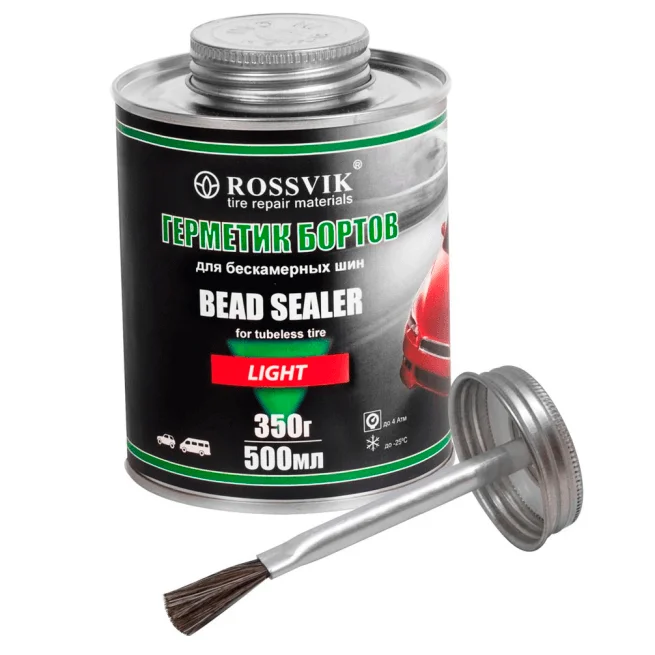 com
com
May 26, 2020
It doesn't really cost any more than a standard tube + Counteract beads, and having the beads already in the tube makes the job easier (unless you have really balance poor knobbies like Dunlop 606's ... then maybe you'll need more beads in the tube). The tube itself feels like a quality product and the valve looks to be of high quality too. I'm using this one on a 2012 Yamaha WR250R. Future Ready-balance tubes will get used on a 1999 BMW F650 and on the rear of the WR as well. Southeast Steve · Review provided by fortnine.ca
August 17, 2021
I checked this product out on line, was a little skeptical at first, but watched a few videos and read the reviews from other sites. Since removing the stick on weights and adding the beads the difference has been incredible. Very smooth all vibration is gone, I highly recommend this product and am now considering purchasing more and using them on my car as well.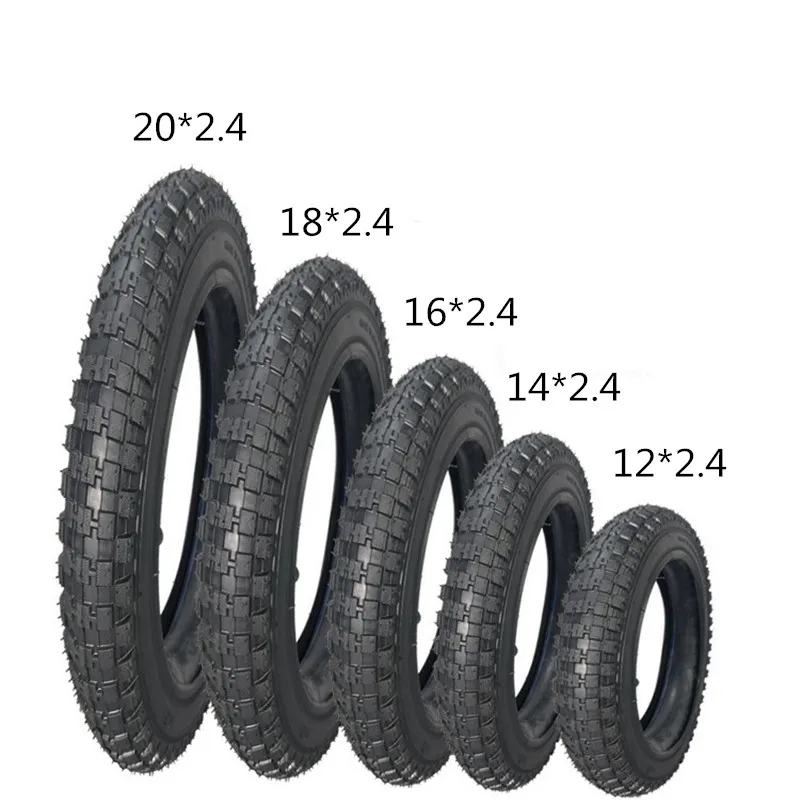 I recommend them to all my bike riding friends.
I recommend them to all my bike riding friends.
Jeff- 6 years ago
2009 Suzuki M90
Read a lot of reviews here and elsewhere that claimed this was a long process, didn't work, junk, etc.. Well I read the instructions and installed the beads EXACTLY like the instructions said. Pouring a little at a time down the valves was the main point to follow. It took a total of maybe 5 minutes per wheel to do. To me this was just an experiment as I already have a wheel balancing machine and have balanced many wheels in the past. A bonus is no weights to fly off or get knocked off. Chanced tires and tubes, filled up with beads and took off. ZERO issues with wobbles or air leakage. My days of balancing motorcycle tires are over. A bonus feature: If you keep a kit in your roadside emergency repair kit you can balance your tire while doing a roadside repair.
August 17, 2021
I have done about 8 tires now with the balance beads and am convinced that this is the only way to go.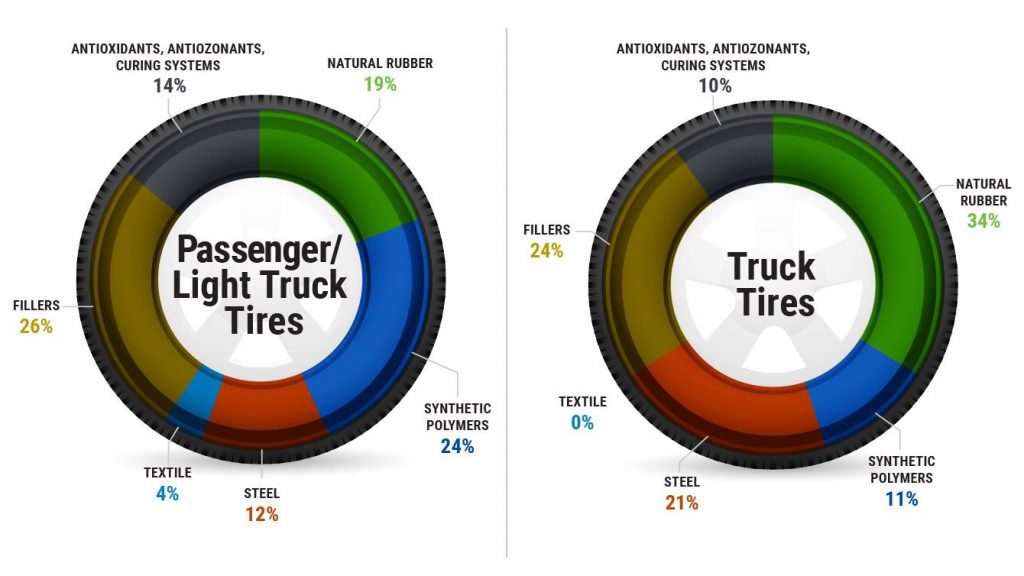 The first set of tires took me on a 8000kms journey on rough roads before the tire wore down. i was curious of what the beads looked like after all these miles. I figured that they would be worn down and powedered up, but looked like new. I was carefull and pulled them out of the old rubber and reinstalled in the replacement tires. The inside of the old rubber was not effected by the beads at all. I am saving about $50 per tire by doing this myself. So far for me that is a $400 savings.
The first set of tires took me on a 8000kms journey on rough roads before the tire wore down. i was curious of what the beads looked like after all these miles. I figured that they would be worn down and powedered up, but looked like new. I was carefull and pulled them out of the old rubber and reinstalled in the replacement tires. The inside of the old rubber was not effected by the beads at all. I am saving about $50 per tire by doing this myself. So far for me that is a $400 savings.
I was skeptical at first, but determined to change my own tires and balance them myself. I thought I'd try this before spending big money on a static balancing set up or going through the trouble of making one.
I was sure it sounded too good to be true, but I've been really impressed. I've put on a couple of hundred KMs with the balance beads at varying speeds.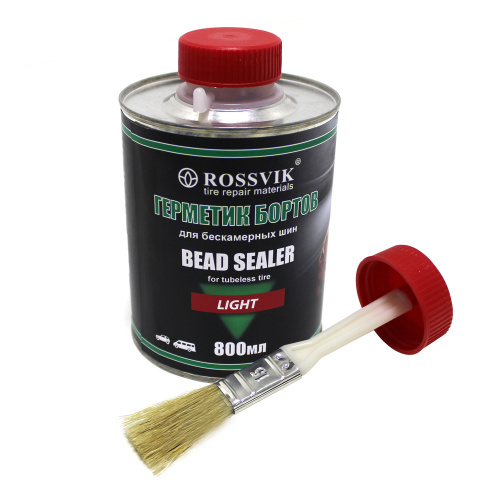 My old tires must have come out of balance a bit through wear, because I can feel a very big difference in the vibration at speed - much smoother now.
My old tires must have come out of balance a bit through wear, because I can feel a very big difference in the vibration at speed - much smoother now.
I have a BMW R1100GS and put 3oz in the rear and 2oz in the front. It wasn't quick, or fun to put them in, but it was a small price to pay. The kit is very well thought out too. I was impressed that they even provide the extra valves and caps. Its a nice touch.
I'd definitely recommend these. Its not just snake oil.
#TEAMCOUNTERACT
We’re looking for our Counteract Fans! Post a photo/video/review about Counteract on social media* and tag us using #teamcounteract and /or @counteractbalancing for a chance to win a $100 Amazon Gift Card or a DIY kit of your choice.
To qualify you must be following @counteractbalancingAll valid entries will be entered into two draws:
1) Weekly draw for a **DIY kit of your choice.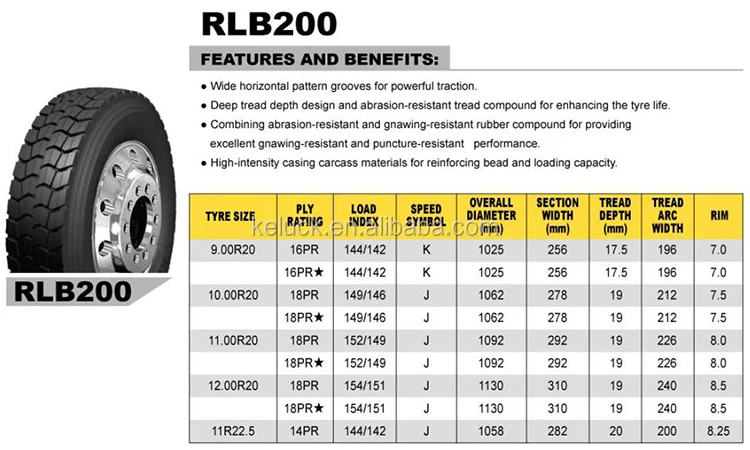
2) Monthly draw for a $100 Amazon Gift Card.
Participants can enter as many different posts as they want. Each different post qualifies as an entry. Winners are only eligible to win 1 draw per month.
*LinkedIn, Instagram, Facebook or Twitter. Please make sure you’re following our account on the platform. Post to multiple platforms for more chances to win.
**DIY Kits Available
How unnerving drivers are, the sudden vibration from the wheel. This can happen after hitting a hole, or in case of sticking to the inside of the disk: dirt, ice, bitumen. Now, car owners can avoid imbalance if they start using balancing balls. They are also called granules or beads for balancing. Thanks to the development of Western engineers at the turn of the 20th and 21st centuries, car enthusiasts around the world can visit tire shops less often.
Balancing pellets have a regular round shape design.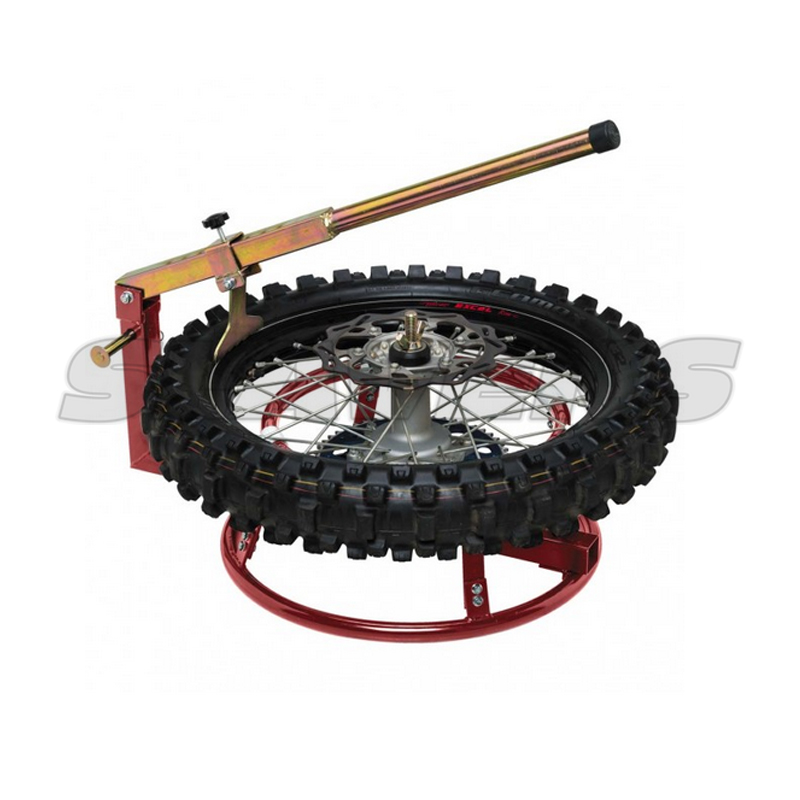 The principle of operation of the balls is as follows, under the action of centrifugal force, the granules are distributed in places where the weight imbalance is greater. During the movement, the beads are affected by an electrostatic field, and under the influence of tribostatics, the granules seem to stick to the inner surface of the tire. The more balls in the rubber, the heavier their total mass, which makes it possible to eliminate even a strong imbalance of the wheel.
The principle of operation of the balls is as follows, under the action of centrifugal force, the granules are distributed in places where the weight imbalance is greater. During the movement, the beads are affected by an electrostatic field, and under the influence of tribostatics, the granules seem to stick to the inner surface of the tire. The more balls in the rubber, the heavier their total mass, which makes it possible to eliminate even a strong imbalance of the wheel.
The core of each granule is a component such as glass or ceramic. Outside, the core is covered with a shell of silicone material. The creators of automatic balancing were Canadian engineers from Counteract Balancing Beads Inc., from Ontario. It was they who obtained a patent for the invention in 1997. The developers presented the tire self-balancing technology based on glass microbeads. The granules had electrostatic features and a slippery silicone coating. Standard ball diameter 0.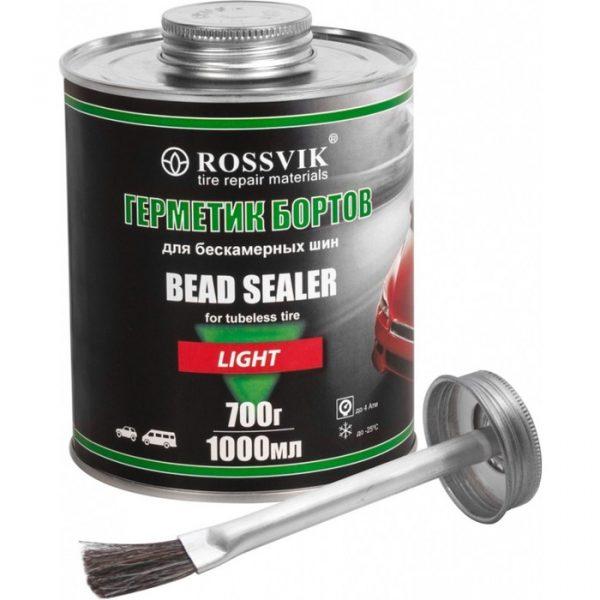 15-0.9mm. At present, the technology has not changed.
15-0.9mm. At present, the technology has not changed.
As the car moves, the beads rub against the inside of the tire, creating a tribostatic effect. The granules try to be evenly distributed over the inside of the tire. Beads accumulate in the place of greatest load and stick together. It remains in this position even after the vehicle has stopped. As a result, not only the rubber and the disc are balanced in motion, but the assembly that includes the brake disc with the hub. It will not work to balance the entire node on the machine. Therefore, granules, in this case, are much more effective.
In order to place the balancing balls in the wheel, the spool must be unscrewed. Through the pumping fitting, it is necessary to pour the powder from the granules into the wheel. Also, the beads can be placed in the tire when flanging. Refer to the user manual for the charge volume. Then, the spool is screwed into place and the wheel is inflated.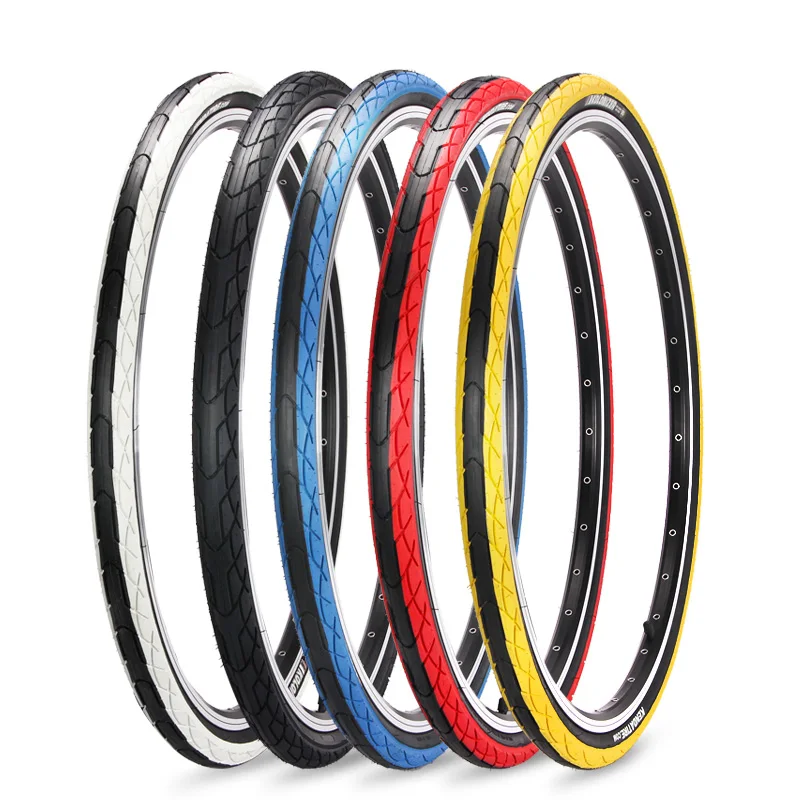
The benefits of bead balancing are undeniable. Thanks to a dynamic process, the balance of the wheel is constantly being adjusted. For example, if ice has stuck to the inside of the disc after washing, then the granules will correct the imbalance. As soon as the ice thaws, the balls will again correct the correct rotation of the wheel, changing their location. Pros of using a microbead:
Despite the positive effect of microbeads, there were also disadvantages in its use. However, the "fly in the ointment" is quite small. Firstly, the pellets are guaranteed to scatter when the wheel is unmounted. Collecting microbeads, in the presence of a waiting queue, is not very pleasant. Secondly, some of the balls will be lost when the tire breaks.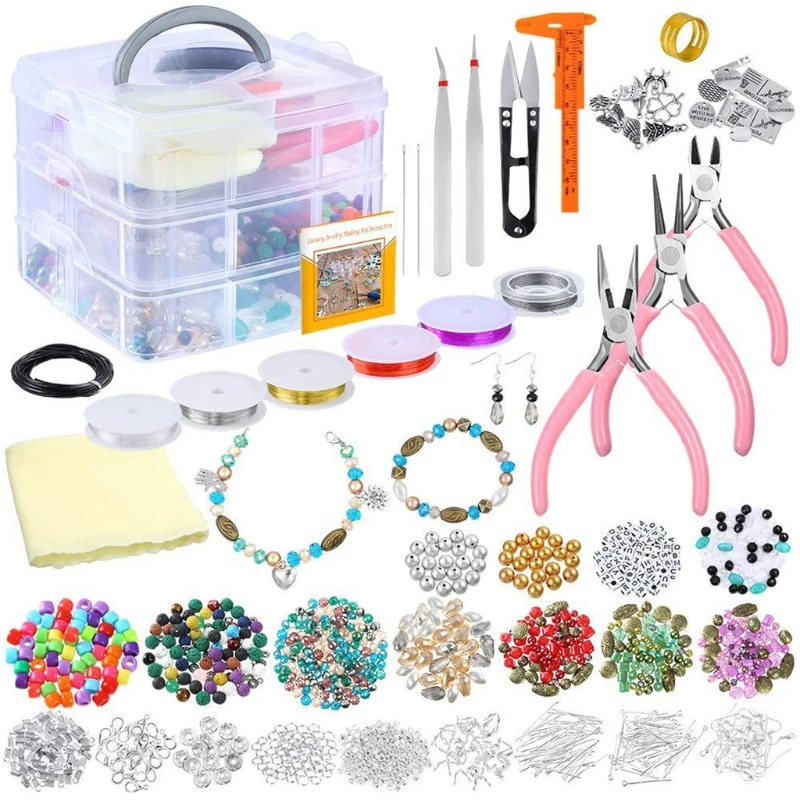 But this already belongs to the category of rare situations. The main disadvantages of bead balancing:
But this already belongs to the category of rare situations. The main disadvantages of bead balancing:
The use of balancing pellets still brings more benefits than losses. Each car owner must decide for himself whether to use automatic balancing.
Canada is an industrial country. Its roads are criss-crossed by heavy vehicles. Therefore, automatic balancing was created primarily for trucks. That is, the development is addressed to large tires. But even after exceeding the speed limit of 110 km / h, the effect of the balancing granules disappears, this was noticed by the drivers of road trains. The effect of beads on passenger tires has not yet been fully explored.
The effect of beads on passenger tires has not yet been fully explored.
If you have a strong desire to purchase balancing balls, you should take into account the operating conditions. As it became clear from the materials of the article, bumpy roads and private use of expressways can reduce the effect of automatic balancing to zero. But if you are a truck owner, then this type of technological innovation will most likely be useful.
ProBalance microbeads - a new word in the technology of balancing the wheel system of a car. It is poured into the tire once and effectively acts throughout its entire service life.
The ProBalance microbeads automatically correct the imbalance that occurs in the wheel system, as a result of which the tire wears evenly and the comfortable driving speed increases. It allows you to balance the load wheel without the use of a balancing stand and balancing weights.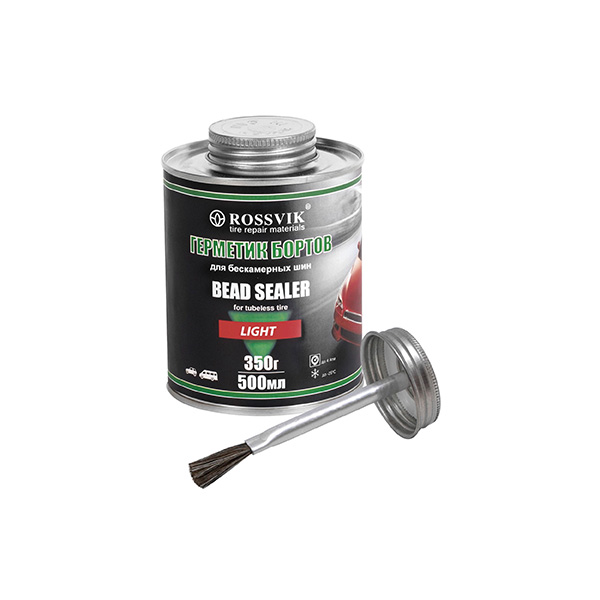
What is this?
Probalance are small balls of special glass covered with a protective layer of silicone and have electrostatic properties. Unlike balancing powders, microbeads do not stick together into lumps under the influence of moisture, which is present in compressed air. The smooth surface of the granules does not abrade the tire's tubeless layer.
Granules are available in bags of different weights, the weight of which is designed to balance a specific tire size or in plastic buckets with a measuring cup.
Microbeads were originally created to eliminate the imbalance of truck tires. Owners of mainline transport, which travels long distances without stops, will receive the greatest benefit from its use.
According to the specialist responsible for the implementation of new technological solutions in Continental Tire of Mexico, during the tests, microbeads showed excellent results and can be used in all tires of both cargo and passenger vehicles on drive and steering axles, as well as on trailer axles .
The first developments in the field of automatic internal tire balancing appeared in 1959. According to the patent, a certain number of spherical weights were placed in a pneumatic tire, after which the tube was installed in the tire. When the wheel rotated, the balls hit the chamber wall, and the wheel imbalance was corrected due to the position occupied by the balls. Lead or steel shot was used as weights.
This method made it possible to reduce the vibration of the car, making tire wear more even. In addition, the balancing material had shock-absorbing properties. The developers noted that with the tire filled with balancing compound, driving on uneven, bumpy roads or with sharp turns did not lead to strong vibration.
Autobalancing technology has come a long way since then. Trying to solve emerging issues, the inventors changed the size and material of the balance material, added various lubricants to improve fluidity and moisture absorption. And as a result, an effective method of internal dynamic balancing of the wheel was developed using a balancing material - microbeads.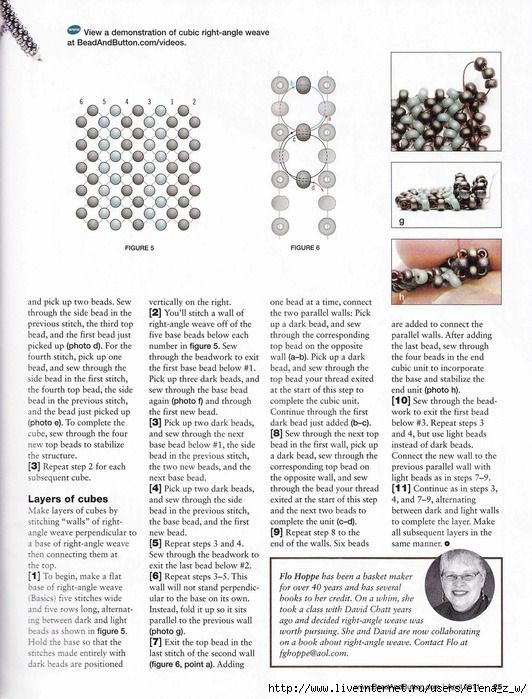
Why is this needed?
The technology of internal balancing of the vehicle's wheel system was created to eliminate the shortcomings that traditional weight balancing could not solve. Namely:
- It eliminates the occurrence of variable wheel imbalance.
- It allows for more even tire wear and avoids "wandering imbalance" of the steering wheels by reducing vibration at the point of contact between the tire and the road.
- It eliminates vehicle vibration at speed and prolongs suspension life by absorbing shocks when driving on rough roads.
- And, finally, it helps to get rid of the need to periodically re-balance the wheel.
How does it work?
Microbeads are poured into the tire when it is mounted on a disc or through a valve using a pneumatic dispenser.
Due to the centrifugal force that occurs during the rotation of the wheel, the microbeads are distributed over the inner surface of the tire in such a way that it balances all the “heavy” points of the wheel and instantly eliminates the resulting imbalance.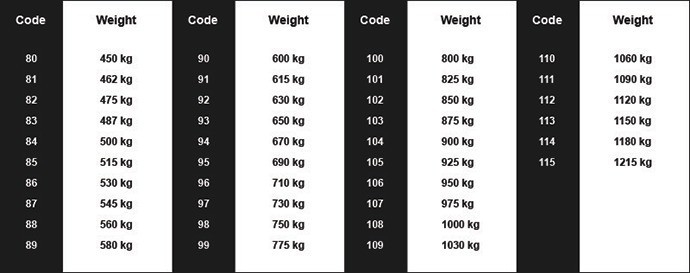 The balance is corrected automatically with every revolution of the wheel.
The balance is corrected automatically with every revolution of the wheel.
Any changes in the mass of the sections of the tire are automatically adjusted by redistributing the microbeads inside the tire. When a new point of imbalance occurs (a stone hits, a road slope, a turn), the microbeads, under the influence of vibration, instantly roll in the right direction, again balancing the balance of the wheel system.
The weight of the microbeads loaded into the tire is greater than the weight of the weights and is located at the maximum radius from the wheel rotation axis. Therefore, microbeads are capable of stabilizing not only a “tire + wheel” pair, but the entire wheel assembly. The mass of the balancing compound is evenly distributed inside the wheel, helps to reduce tire vibration and makes driving even on bumpy roads more comfortable.
Vibration reduction.
The effectiveness of microbeads as a means of reducing vehicle vibrations has been confirmed by the developers in practice.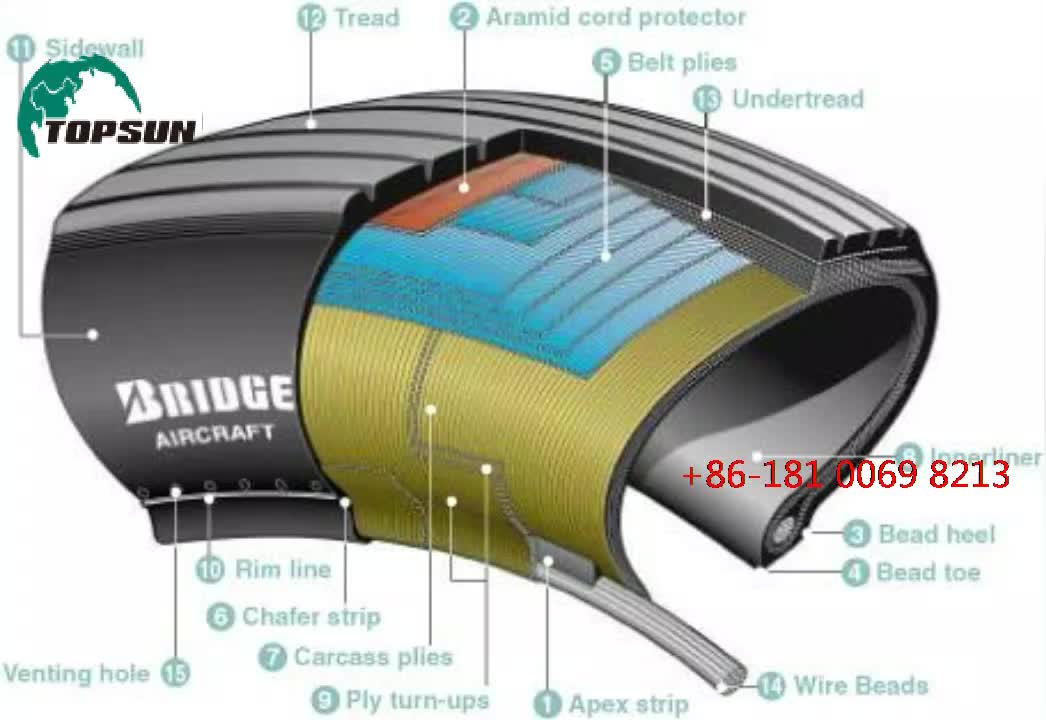
A GMS Series 7000 truck with a load of 9 tons and Firestone 11 R22.5 tires was selected for testing. A vibration sensor was installed on the front axle and the readings were taken with a CSI spectrum analyzer. The car made runs on an ordinary concrete highway, the driver maintained a speed of 100 km / h for 6-7 minutes.
Four test runs were made:
1. Truck in normal condition without adding microbeads to tires.
2. Truck in normal condition with 24oz lead weights added to the right front wheel, but no microbeads in the tire (imitating stone impact).
3. 24 ounces of microbeads were added to each front tire and 24 ounces of lead were left in the right front wheel.
4. 24 ounces of lead was removed from the right front wheel and all tires were microbead balanced.
The resulting vibration data for each run was:
Run 1 - 17.57 MILS;
Mileage 2 - 32.90 MILS;
Mileage 3 - 19.16 MILS;
Mileage 4 - 6.93 MILS.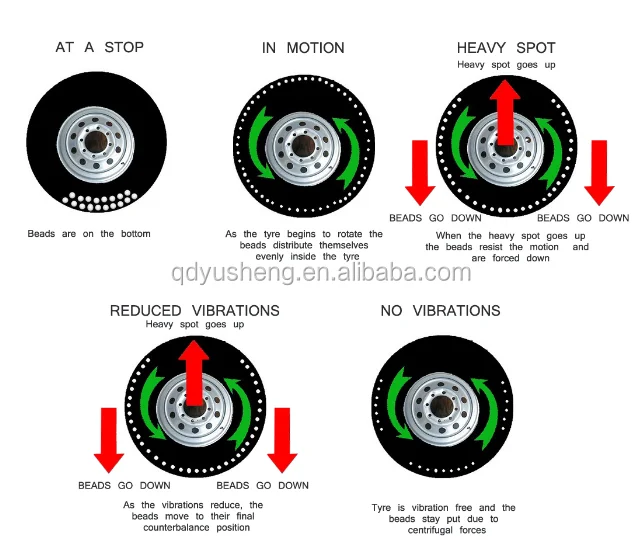
Testing showed that the use of microbeads reduced the vibrations of the wheel assembly by almost three times: from 17.57 MILS to 6.93 MILS (mil: 1= 0.001 inch)
Tests by Continental Tire of Mexico have shown that machine balancing is less effective than automatic internal balancing. During the test, the microbead was tested in 174 truck tires, which were installed on 21 trucks. At the end of the tests, tires balanced with microbeads showed wear on average 20% lower than tires with hinged loads. Moreover, all tires had uniform wear.
In other words, tires balanced “zero” on the machine ended up with less mileage and uneven wear on the steering wheels.
Electrostatic properties .
Despite the undeniable advantages of internal balancing, it cannot be said that it immediately won the trust of drivers. The main concerns of users were related to the fact that the balancing compound poured inside the tire would be in constant motion and wear off the tubeless layer of the tire.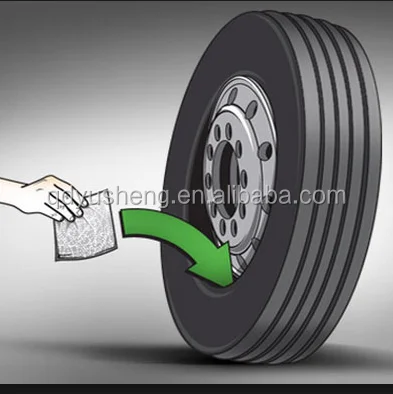 Also, drivers were alarmed that the worn-out balancing powder could clog the wheel valve.
Also, drivers were alarmed that the worn-out balancing powder could clog the wheel valve.
Claims were justified, but Canadian inventors were not going to abandon promising technology. The answer was found in the material from which the balancing microbeads were made, or rather, in the properties of this dielectric material. Dielectrics are substances that practically do not conduct electric current. An important property of dielectrics is their ability to accumulate static electricity.
As the wheel rotates, friction occurs between the glass of the microbead and the rubber and an electrostatic attraction occurs. As a result, the resulting attractive force is sufficient to securely hold beads with a diameter of 0.6 mm in place. It evenly covers the inner surface of the tire, fills in bumps, and creates a “carpet” on which larger balls move freely.
When the car is stopped, a thin layer of microbeads remains on the tire walls, held by electrostatic attraction. The rest of the balancing material rolls down and returns to its place shortly after the start of the movement.
How is balancing with microbeads different from traditional balancing on a machine?
Machine balancing is only an imitation of reality. Ideally performed balancing, carried out on the machine using special adapters, does not take into account either the pressure in the tire, or the influence of the suspension elements on it, or the speed, or the load on the machine. It is enough to rotate a balanced tire on the machine shaft, and the unbalance readings will differ. But even if at this stage it was possible to achieve a repeatable result, then when fixing the wheel on the hub, an error will inevitably appear from the unaccounted influence of the suspension. However, this is precisely what can cause a wandering imbalance, which causes the characteristic wear of the steering wheel tread in the form of bald spots.
The amount of tire deformation while driving will always vary depending on factors such as vehicle weight, speed, tire pressure, etc. As the load on the vehicle increases, the deformation of the tire increases and its average radius decreases.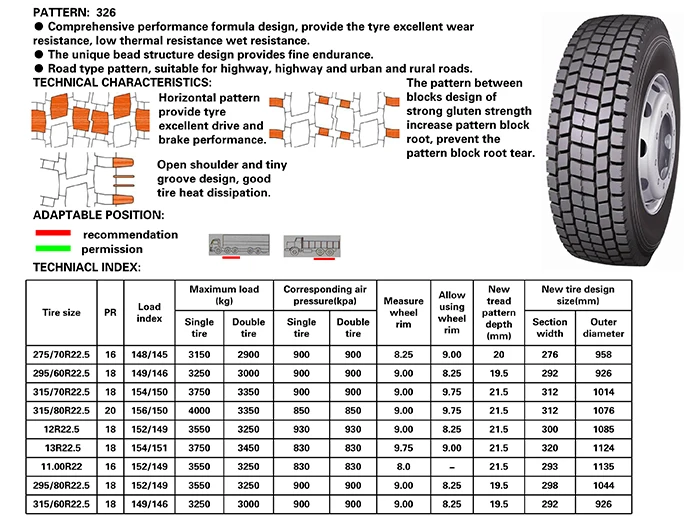
In fact, a wheel that has just been balanced, after being installed on a car, changes its geometry, becomes flattened. As a result, it turns out that the tire does not roll in a circle, but, relatively speaking, in an ellipse. The appearance of a “heavy” point during operation, or due to the power inhomogeneity of the tire, will eventually lead to the appearance of two diametrically located wear spots. Then child spots appear due to a violation of the geometry of the wheel. As a result, wave-like wear is formed around the entire circumference of the tread, the hallmark of which is “bald spots” on the rubber. Hard braking and shifting or loss of attachments on a bumpy road can greatly accelerate this wear.
Theoretically, uneven tread wear can be avoided by frequent wheel balancing and tire rotation, but only with the correct axle geometry. In reality, only compositions for dynamic internal balancing are capable of resisting a wandering imbalance.
How to use it?
The developers recommend: in case of using a car with a soft suspension - a car or a light truck, it is necessary to drive about 1 km at a high speed adopted on highways.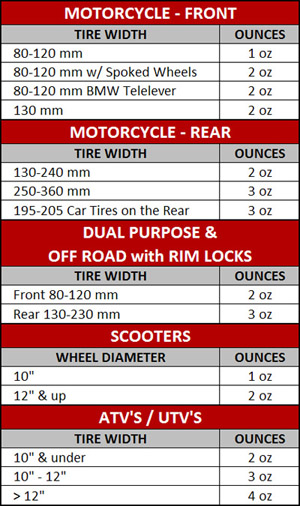 This will allow the material to stabilize in its working position. For trucks with a rigid suspension, there is no need for such acceleration, as a rigid suspension will quickly move the balance material to a position that provides wheel balance.
This will allow the material to stabilize in its working position. For trucks with a rigid suspension, there is no need for such acceleration, as a rigid suspension will quickly move the balance material to a position that provides wheel balance.
Microbeads are most effective when used in truck tires, because the centrifugal force generated in them is more important, and the vibrations of heavy tires break the wheel system more.
The authors of the patent recommend that the weight of balance material be calculated using the following formula:
Microbead weight = 6% of tire weight, or 1 ounce of balance material per 13 pounds of tire (ratio 1 to 17).
It should be noted that sometimes it is necessary to use more balancing material for balancing. For example, in the case when tires and wheels have significant wear.
Since vibrations associated with unbalance destroy not only the drive axle, but also other parts of the vehicle, it is desirable to place microbeads on all wheels of the vehicle.